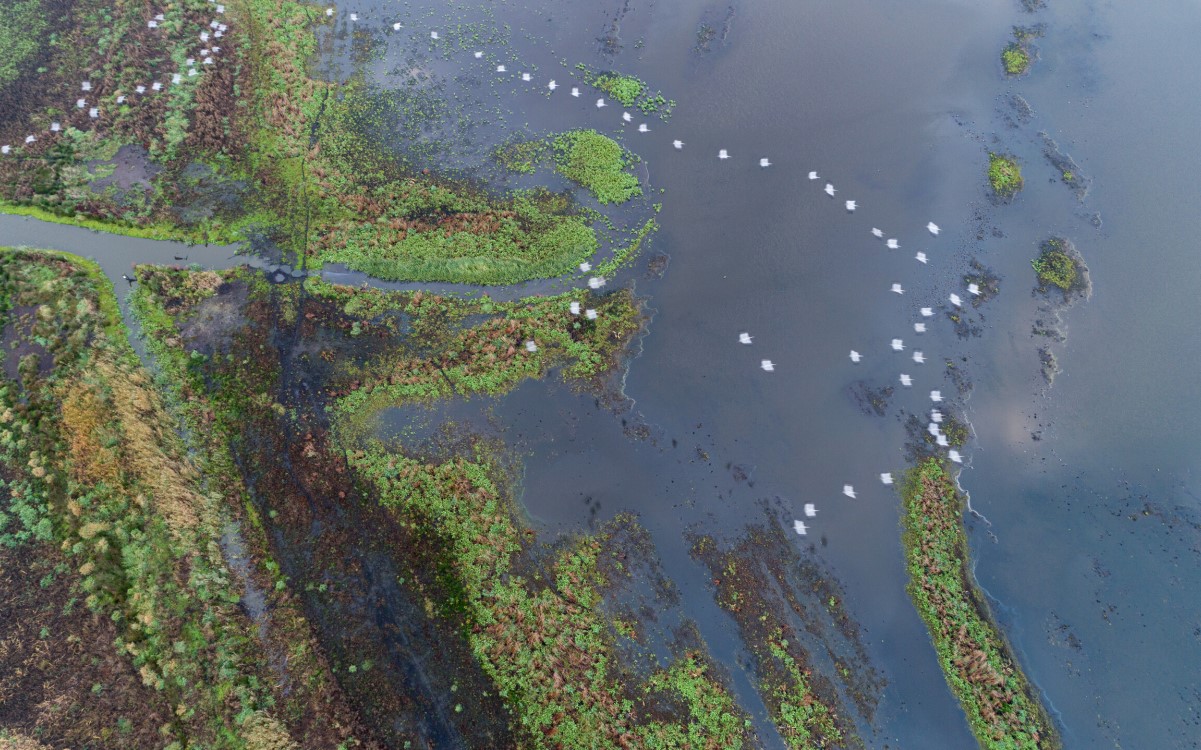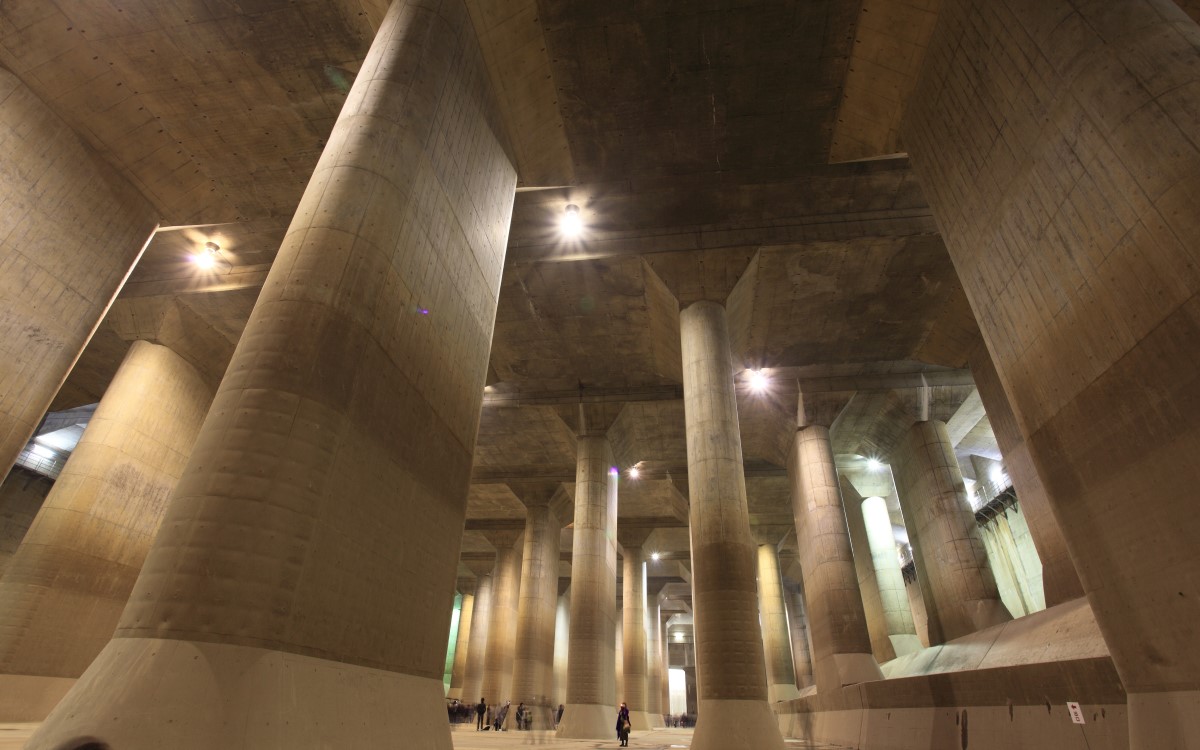A team of scientists from the University of Exeter were asked to carry out an extensive ‘autopsy’ of the fatberg to try and solve the mystery of how it was constructed, and whether it posed any environmental risks.
The scientists were given four samples from the fatberg, each weighing around 10kg, as workers were removing it from the sewer.
The team found that the samples they received were mostly made of animal fats – consistent with domestic food preparation – combined with household hygiene products such as wet wipes and sanitary products, as well as natural and artificial fibers from toilet tissues and laundry.
Crucially, the team found the fatberg contained no detectable levels of toxic chemicals – meaning its presence in the sewer, while increasing the risk of a blockage, did not pose a chemical or biological risk to the environment or human health.
Professor John Love, a Synthetic Biology expert at the University of Exeter and project lead, said: "Analyzing the fatberg samples in such a short timeframe was an exciting challenge requiring the expertise from a number of specialized scientists at the University of Exeter. We worried that the fatberg might concentrate fat-soluble chemicals such as those found in contraceptives, contain now-banned microplastic beads from cosmetics and be rich in potentially pathogenic microbes, but we found no trace of these possible dangers.
"We were all rather surprised to find that this Sidmouth fatberg was simply a lump of fat aggregated with wet wipes, sanitary towels and other household products that really should be put in the bin and not down the toilet. The microfibers we did find probably came from toilet tissue and laundry, and the bacteria were those we would normally associate with a sewer."
As well as a straightforward ‘macro’ analysis, where the fatberg samples were melted to see what they revealed – which included incontinence pads, false teeth and sanitary products – the teams also used state-of-the-art equipment to study the fats, particles, fibers and microbiological DNA included in the material.
Scientists from the Greenpeace laboratory, based at Exeter’s Streatham Campus, also looked at the chemical composition of the fatberg for their own analysis. The results suggested that the fats found were more in keeping with domestic food preparation than commercial food outlets, while the chemicals were those found in personal care products, rather than pharmaceuticals or pesticides. Crucially, they also found no evidence of harmful viruses or bacteria – offering reassurance given the importance of Sidmouth’s bathing waters to the local community and tourists alike.
Nicky Cunningham, Manager for the Centre for Resilience in Environment, Water and Waste, added: “The results indicate that there isn’t a single contributing factor or demographic responsible for this fatberg coming to being. However, given the environmental risk associated with sewer blockages, we all need to make sure that we aren’t putting the wrong materials down the sink or the toilet.”
Source: South West Water
Autopsy reveals Sidmouth fatberg’s dirty secrets
Kategorie: Sonstiges
Thema: Water Solutions
Autor: Jonas Völker
Das könnte Sie auch interessieren:
Passende Firmen zum Thema:
Publikationen
Sie möchten die gwf Wasser + Abwasser testen
Bestellen Sie Ihr kostenloses Probeheft
Überzeugen Sie sich selbst: Gerne senden wir Ihnen die gwf Wasser + Abwasser kostenlos und unverbindlich zur Probe!







